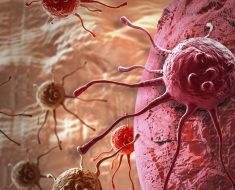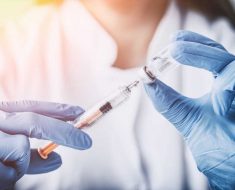Here’s what’s been going on beneath your clothes…
You don’t notice the cold
Your body’s comfortably warm after you jump out of a hot shower, drive with your heater on and run from the carpark to the netball court.
Feeling a little toasty, you push up the sleeves of your hoodie. You may not have noticed, but your skin’s lightly covered with sweat – and as perspiration gathers on your skin, it starts to evaporate.
This is your body’s air-con system: as the sweat evaporates it cools your skin. Pretty cool, eh?
You cool down
Your body responds to the chill of the evaporating sweat (far more noticeable when the air is cooler). The cold causes the arrectores pilorum, the small muscles attached to each hair follicle, to contract and pull the hair up – and you have goosebumps, or what your doctor might call cutis anserina.
Not so pretty having chicken skin, but very clever on your body’s part: you warmed up a little when the arrectores pilorum contracted, and the hairs standing up now trap air between them, creating a thin layer of insulation.
You feel chilly
A cold wind picks up, cooling your body down further – and again it responds in an attempt to keep its temperature at 37*C. The network of blood vessels in your skin compress and move blood towards the centre of your body, protecting your vital organs from the dropping temp.
Bonus: because the warm blood is further from your skin’s surface, less heat is lost.
The downside: your toes, fingers, ears and nose feel exceptionally chilly. If you were deserted on a mountain in Queenstown, NZ, for an extended period, this process could lead to frostbite (when fluids in your tissues freeze).
You get the shivers
You’ve been standing in the cold wind for 20 minutes – it’s time for your body to kick its heating attempts up a gear. Shivering is a homeostatic function, which means it’s a response to keep your body in balance.
Messages are sent from your skin, through your sensory system, to the lateral parabrachial nucleus in your brain, which in turn sends data to the preoptic area – the part that controls when your body begins to shiver.
Your muscles begin to contract and release involuntarily, producing warmth, which causes your body temperature to rise. Of course, to speed things up, you could cheerlead for the netballers – moving your arms and legs around will generate heat and reduce the need to shiver.
Source: Read Full Article





